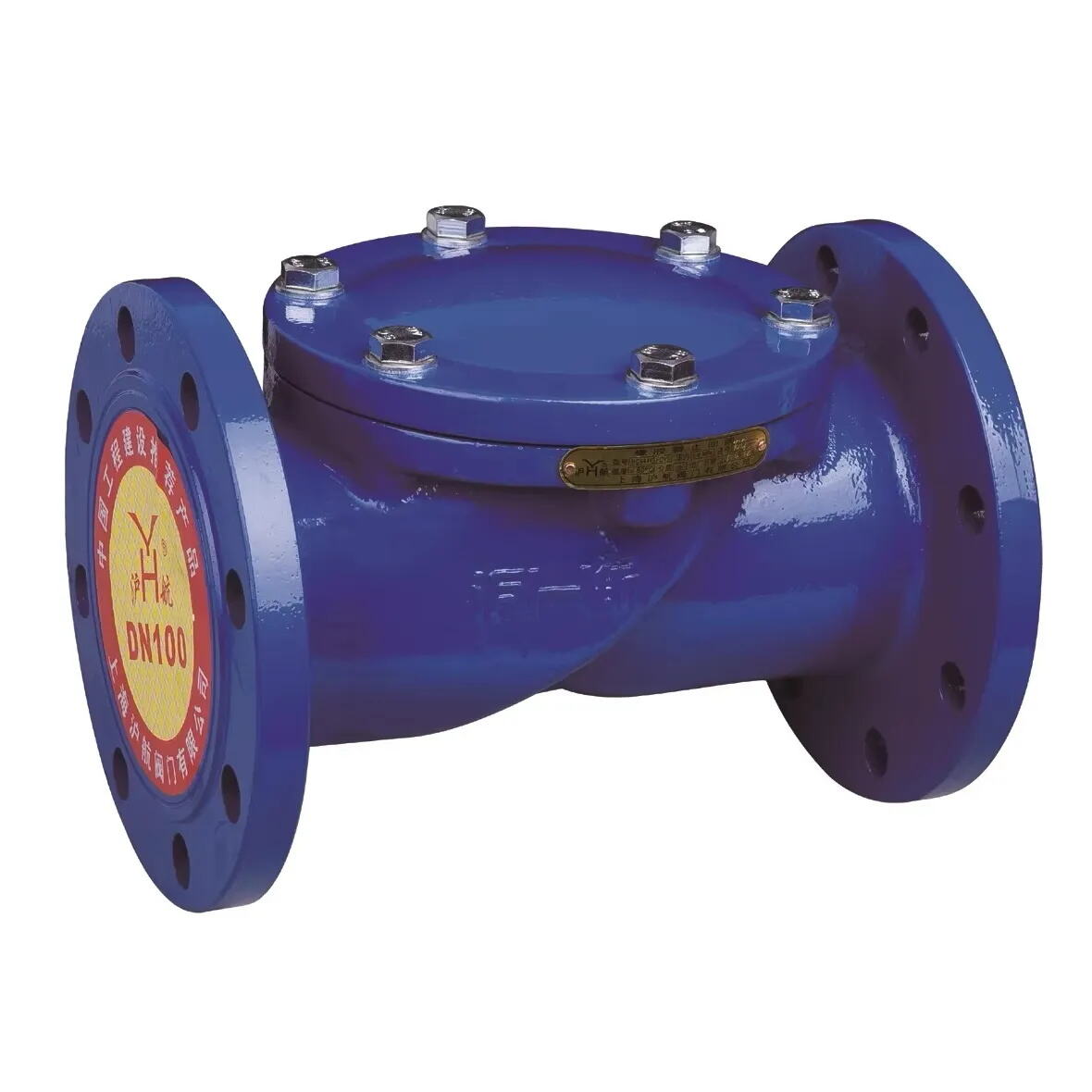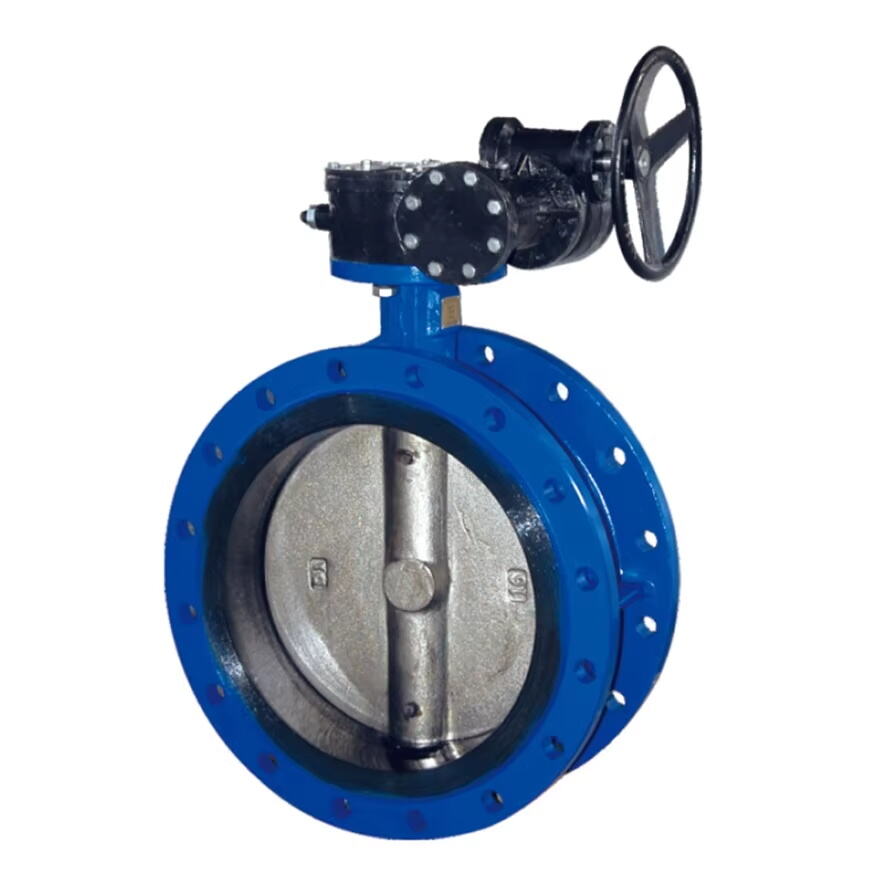Understanding the Critical Role of Expansion Joints in Modern Construction
In the world of construction and engineering, expansion joints serve as essential components that enable structures to respond dynamically to environmental changes while maintaining their structural integrity. These specialized joints are designed to absorb thermal movement, handle seismic activity, and accommodate various forms of building movement that occur throughout a structure's lifetime. Their implementation represents a crucial engineering solution that has revolutionized how we approach building design and construction.
As buildings and infrastructure continue to grow in complexity, the significance of expansion joints becomes increasingly apparent. These carefully engineered components work silently yet effectively to prevent structural damage, extend building longevity, and ensure occupant safety. Understanding their benefits is crucial for architects, engineers, and construction professionals who aim to create durable and resilient structures.

Structural Protection and Movement Management
Temperature Fluctuation Control
One of the primary advantages of expansion joints lies in their ability to manage temperature-induced movement. Materials expand when heated and contract when cooled, and these dimensional changes can create significant stress within structures. Expansion joints provide the necessary space for materials to move freely, preventing the development of cracks, buckling, or other forms of structural damage.
In regions experiencing extreme temperature variations, expansion joints become particularly vital. They allow buildings to expand during hot summer months and contract during winter without compromising structural stability. This thermal accommodation capability significantly reduces maintenance costs and extends the structure's operational lifespan.
Seismic Activity Protection
In seismically active regions, expansion joints play a crucial role in protecting buildings during earthquakes. They act as buffer zones that allow different sections of a structure to move independently, reducing the transmission of seismic forces throughout the building. This independent movement capability helps prevent catastrophic structural failures and enhances overall building safety.
Modern expansion joints are designed with specific seismic considerations, incorporating features that can handle both horizontal and vertical movement during seismic events. This sophisticated engineering approach significantly improves a structure's resilience against earthquake damage.
Enhanced Building Performance and Longevity
Stress Distribution and Load Management
Expansion joints excel at distributing structural loads more effectively throughout a building. They help manage dead loads, live loads, and dynamic forces by creating intentional separation points that prevent stress concentration. This improved load distribution leads to better structural performance and reduced wear on building components.
By incorporating expansion joints strategically, engineers can design buildings that better handle varying load conditions while maintaining their structural integrity. This capability is particularly important in large commercial buildings, bridges, and other infrastructure projects where load management is critical.
Maintenance Cost Reduction
The implementation of expansion joints significantly reduces long-term maintenance costs by preventing common structural issues. Without proper expansion joints, buildings may develop cracks, leaks, and other structural problems that require expensive repairs. By accommodating natural movement, these joints help maintain the building's condition and minimize the need for costly interventions.
Regular inspection and maintenance of expansion joints themselves are relatively simple and cost-effective compared to repairing structural damage caused by their absence. This preventive approach to building maintenance represents a substantial cost saving over the structure's lifetime.
Design Flexibility and Construction Benefits
Architectural Freedom
Expansion joints provide architects with greater design flexibility by allowing for larger continuous surfaces and more diverse material combinations. They enable the creation of expansive spaces while ensuring structural stability, opening up new possibilities in architectural expression and building functionality.
These joints can be incorporated seamlessly into building designs, often becoming aesthetic features themselves. Modern expansion joint covers can complement architectural elements while performing their essential technical functions, contributing to both form and function.
Construction Process Optimization
During construction, expansion joints facilitate better project management and execution. They allow for phased construction approaches, where different sections of a building can be completed independently. This flexibility can lead to more efficient construction schedules and better resource allocation.
Additionally, expansion joints help manage construction tolerances and accommodate slight variations in building materials and installation. This adaptability helps ensure successful project completion while maintaining high quality standards.
Environmental Adaptation and Sustainability
Climate Change Resilience
As climate patterns become more extreme, expansion joints play an increasingly important role in building resilience. They help structures adapt to wider temperature ranges and more frequent weather fluctuations, ensuring buildings remain stable and functional despite changing environmental conditions.
The adaptive capacity provided by expansion joints contributes to building sustainability by extending structural lifespans and reducing the need for major repairs or replacements. This longevity aspect aligns with green building principles and sustainable construction practices.
Energy Efficiency Contribution
Properly designed expansion joints can contribute to a building's energy efficiency by maintaining the integrity of thermal barriers and preventing unwanted air infiltration. When integrated with appropriate insulation and sealing systems, these joints help maintain consistent indoor temperatures and reduce energy consumption.
The role of expansion joints in preserving building envelope performance makes them valuable components in achieving energy efficiency goals and meeting modern building code requirements.
Frequently Asked Questions
How Often Should Expansion Joints Be Inspected?
Expansion joints should undergo professional inspection at least annually, with more frequent checks in buildings exposed to extreme conditions or heavy usage. Regular visual inspections can be conducted quarterly to identify any obvious signs of wear or damage that might require immediate attention.
What Materials Are Used in Modern Expansion Joints?
Modern expansion joints utilize various materials including elastomeric compounds, neoprene, aluminum, steel, and advanced composites. The selection depends on factors such as expected movement range, environmental conditions, and load requirements. Many contemporary joints feature multi-layer designs that combine different materials for optimal performance.
Can Expansion Joints Be Retrofitted into Existing Structures?
While challenging, expansion joints can be retrofitted into existing structures when necessary. This process requires careful structural analysis, precise cutting, and expert installation. The retrofit process is most commonly performed during major renovations or when addressing structural issues in older buildings.

